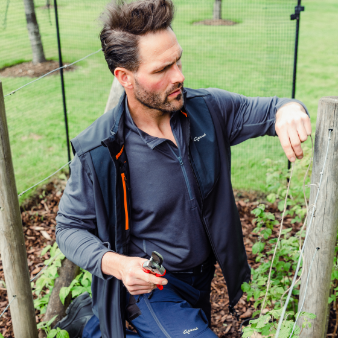100 years of sustainable gardening

Sustainable gardening is nothing new: the concept actually came about during the First World War (1914-1918) with the invention of so-called ‘Victory Gardens' in which vegetables, fruit and herbs were grown in public parks as well as private residences. Victory gardens were utilised in the UK, the US, Canada and Germany during both world wars to reduce the pressure on public food supply.
A century later, sustainable gardening is still popular, and still easy to accomplish for those wanting to use their gardens to make a positive contribution to the environment.
Protect the planet
Sustainable gardening is all about maintaining nature’s balance. This means using naturally available resources without harming the environment with chemical pesticides or supplements. Rotating crops so that the soil remains productive, using organic fertilisers or soil additives to keep the soil healthy and choosing plants with the highest resistance to local pests and diseases will all help you to make your garden sustainable, whether you have a tiny urban plot or a huge orchard!
Compost it
One of the first steps towards sustainability is growing your own fruits, vegetables and herbs, and there are plenty of blogs and websites out there with tips to assist you.
You should also create a compost area; use waste from your plants and lawn to create your own mulch – this will keep the ground moist, whilst nourishing the soil with natural nutrients. You should also weed your garden regularly to eliminate the need for chemical pesticides.
A sustainable garden should not only protect the environment, it should also be low maintenance and save you money.







